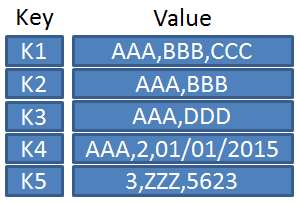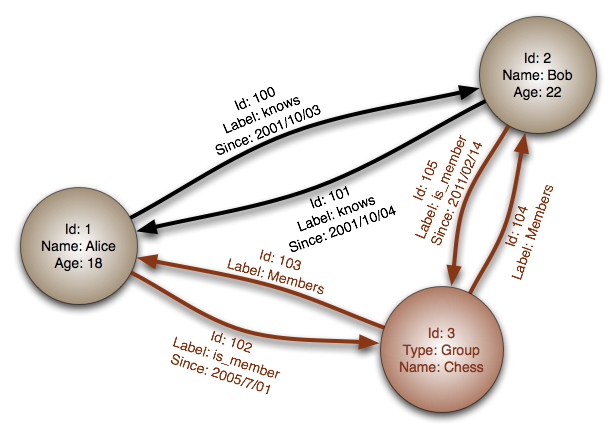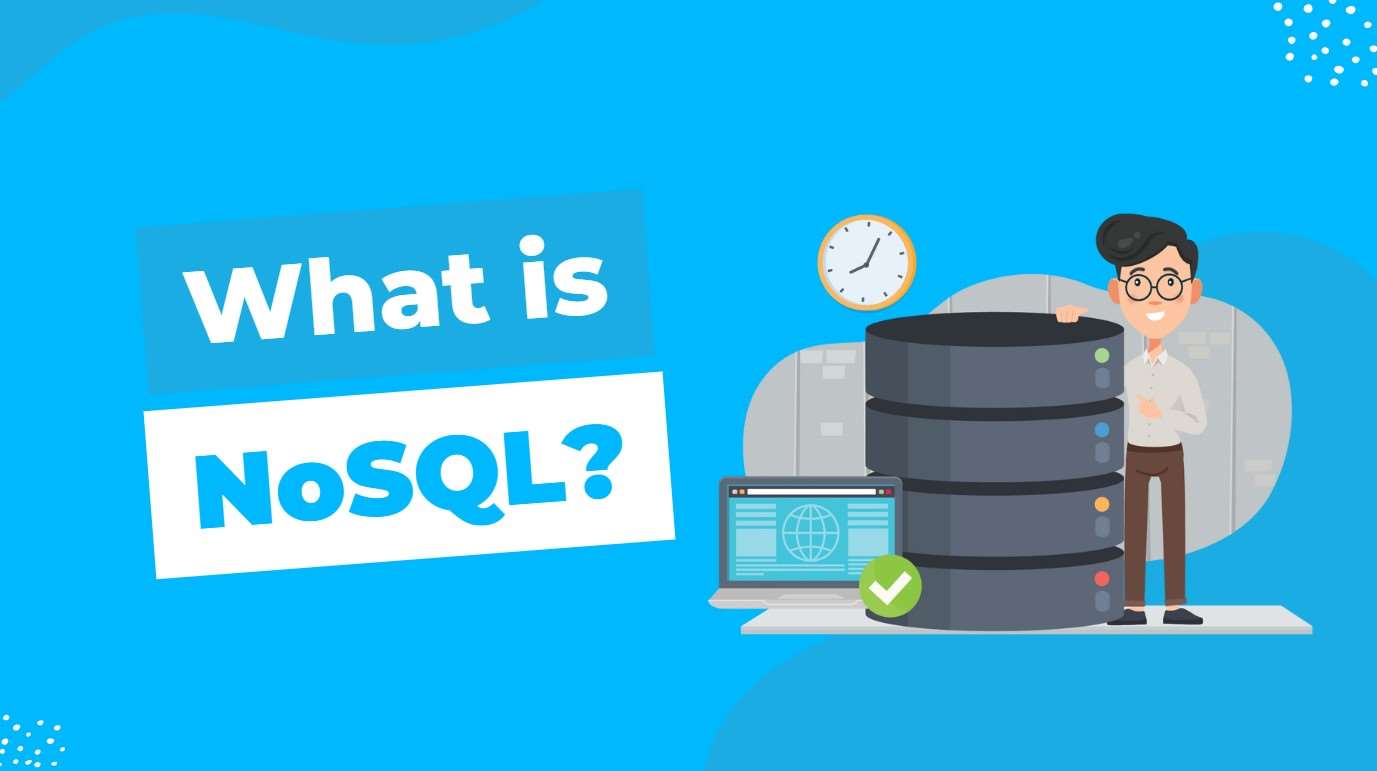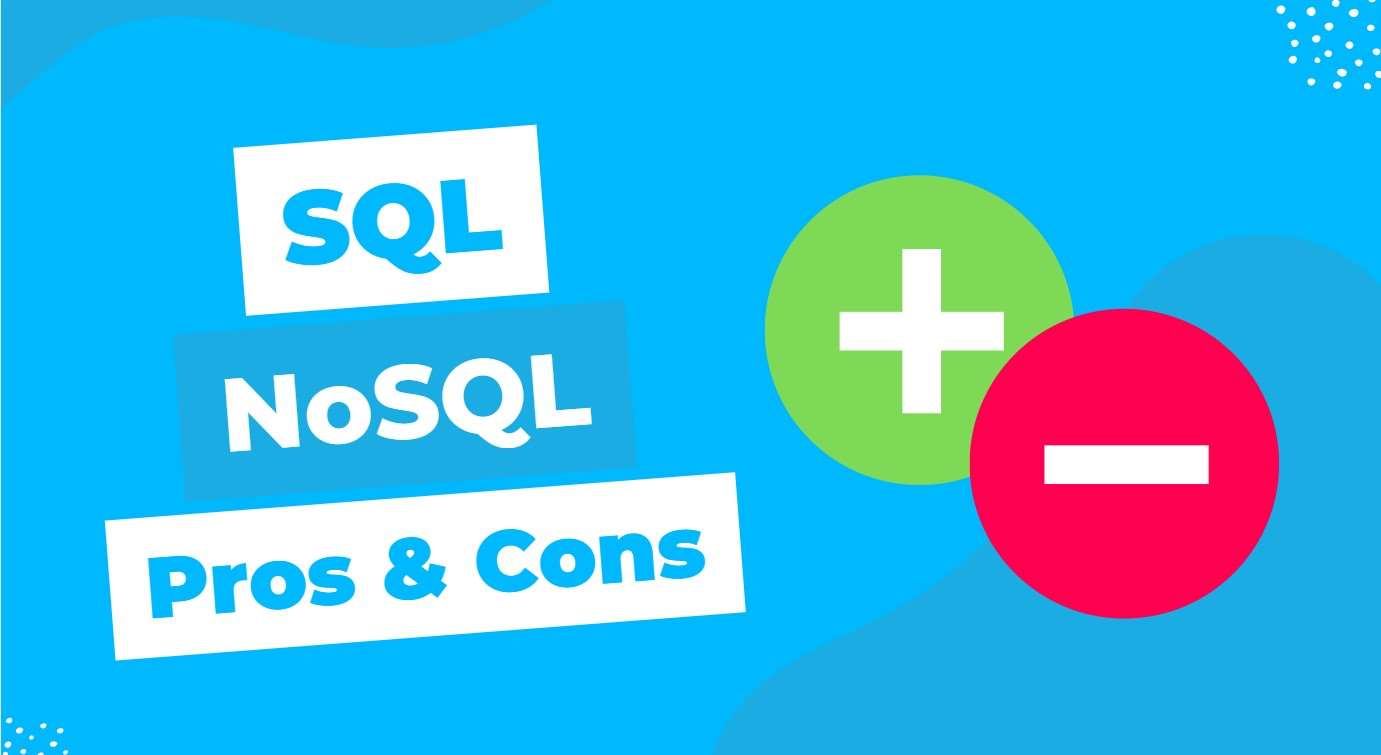NoSQL appeared after the development of SQL. Because of that, if you don’t know about SQL, you can visit my SQL blog post from the following link before reading this.

What is SQL? How SQL Works?
SQL programming language (?) was developed by Donald D. Chamberlin ve Raymond F. Boyce in IBM after the concept of a relational database was introduced by Edgar F. Codd in the 1970’s years. Today, I will talk about the history of SQL, and the concepts of SQL Server and MySQL, while talking about what SQL, which stands for Structured Query Language, is, what it does, and what kind of syntax it has.
- 1/29/2023
What is NoSQL?
NoSQL is a database that stores and manages information without a relational model, unlike SQL. Data are stored in different formats on NoSQL which can also be called Nosql, non-relational, or not-only SQL. In NoSQL, data is not kept in tabular form as in SQL. Therefore, NoSQL is non-tabular.
Because of NoSQL data storage types and structures, the large user traffic and high user loads can easily be managed and large data lakes are created on NoSQL.
What are database types of NoSQL?
NoSQL can store information on their databases as the following types:
- Key-Value Store
- Graph Store
- Document Store
- Wide-column Store
Key-Value Store
A key-value store or key-value database is a scalable, high-performance database that maps every value in the database to unique keys. The key-value store works like hashing tables or dictionary data types in programming. Key-value type NoSQL databases are Berkeley DB, Dynamo, Redis, and InfluxDB.

Graph Store
A graph store or graph database is a database that is based on mathematical graphs that are created by nodes or edges on data management. Graph databases focus on relations between entities. Graph databases focus on relations between entities. We can compare this to a social media network, which is generally preferred for social media applications.
Graph store type NoSQL databases store data on nodes and relations on edges. Databases of graph data type have usage areas such as fraud detection and recommendation applications. [1]
Advertising

Document Store
A document store or document database is a database that records information using documents of various types like JSON, XML, and BSON formats to store and handle data. Documents are records that collect information about objects and meta. [2]
Data in documents; values of different types such as numbers, letters, objects, arrays, and fields paired with them are kept in the form of field-value pairs. [2]
In the code block below, the expressions “first_name”, “_id”, “email” and “likes” are fields, and opposite them value.
{
"_id": 1,
"first_name": "Joe",
"email": "joe@example.com",
"cell": "555-555-5555",
"likes": [
"computer",
"science",
"self-help"
]
}
Examples of document store type NoSQL databases are MongoDB, CouchDB, MarkLogic, Oracle NoSQL Database, CosmosDB, DocumentDB, and Elasticsearch.
Wide-column Store
Wide-column store or extensible record store is a NoSQL database that uses tables, columns, and columns, unlike relational databases. In wide-column store databases, each row of data can consist of columns with different formats or names.
Examples of Wide-column store-type NoSQL databases are BigTable, Hypertable, Azure Tables, Scylla (database), Accumulo, Cassandra, and HBase.

What are NoSQL Products and Services?
Today, NoSQL is mostly used in big data, web and mobile applications. So what are the popular NoSQL database products and services?
- MongoDB
- Cassandra
- Bigtable
- Neo4J
- DynamoDB
- Elasticsearch
- OrientDB
- HBase
- CouchDB
What are the Uses of NoSQL?
NoSQL is generally preferred in applications that need big data, web pages, and various tools. Because NoSQL processes data with high performance and speed. If we itemize the areas where NoSQL is used:
- In applications that require big data analysis and management,
- In web and mobile applications that are difficult to develop using SQL,
- In games that require performance, usability, flexibility, and lower costs,
- In the Internet of Things,
- In real-time applications,
- In applications that can handle high user traffic and are expected to provide zero interruptions,
NoSQL databases are preferred. The reason why NoSQL is used more than SQL in these areas is due to some of the basic features of NoSQL. So what are the features of NoSQL?
What are NoSQL Features?
-
Flexibility: NoSQL is not tied to any schema. Data in the same collection can have different fields from each other. For example, user "omer_faruk" has e-mail information, while user "joe" does not have this information. This is due to the flexibility feature of NoSQL.
{ _id: "omer_faruk", name: "Ömer Faruk", address: { street: "Örnek sokak", city: "Örnek", state: "TR", zip: "00000" }, "email": "info@ofcskn.com" }, { _id: "joe", name: "Joe", address: { street: "Example Street", city: "Example", state: "EN", zip: "00000" } } -
Fast performance: NoSQL provides high and fast performance in accessing and updating data as the data is either unstructured or semi-structured.
-
Scalability: In NoSQL, data can expand horizontally and vertically. Thus, the increase in traffic on existing servers can be balanced by adding a new server.
-
Availability: Due to its scalability, NoSQL can balance traffic growth to offer zero disruption.
-
Low costs: Since horizontal scaling is not possible in SQL, resource scarcity is due to the optimization of components such as RAM, SSD, and CPU. This means additional cost. On the contrary, NoSQL can grow at lower costs due to its scalability.
-
Real-time data: NoSQL databases allow data to be updated in near real-time.
Advertising
After SQL, in this article, I discussed what NoSQL is, how it works, where it is used, and what NoSQL types and products are. You can share your opinions and questions about the article in the comments section. In addition, you can reach my article about the differences, advantages, and disadvantages of SQL and NoSQL from the link below. Stay well.

SQL ve NoSQL
SQL ve NoSQL’in ne olduğunu, nasıl çalıştığını ve ne işe yaradığını önceki yazılarımda ayrı olarak ele almıştım. Bugünse SQL ve NoSQL arasındaki farklardan, SQL ve NoSQL’in artı-eksilerinden bahsedeceğim.
- 1/29/2023



Be the first to comment.